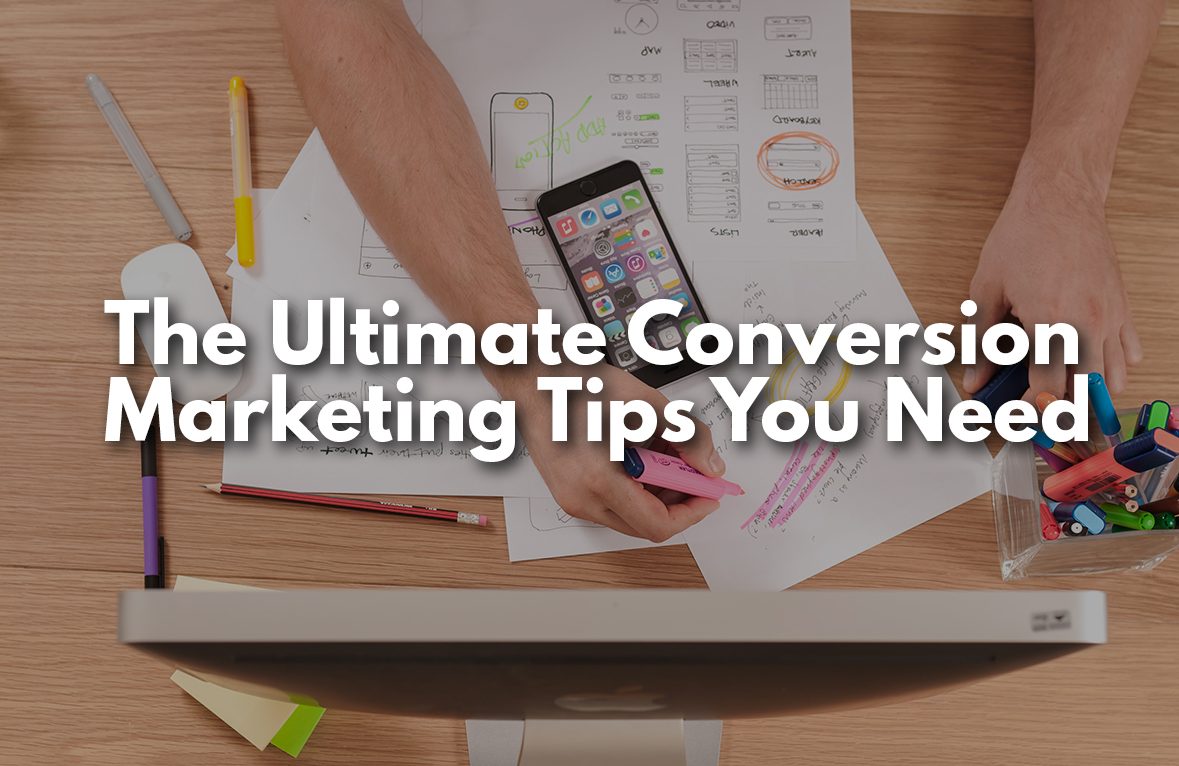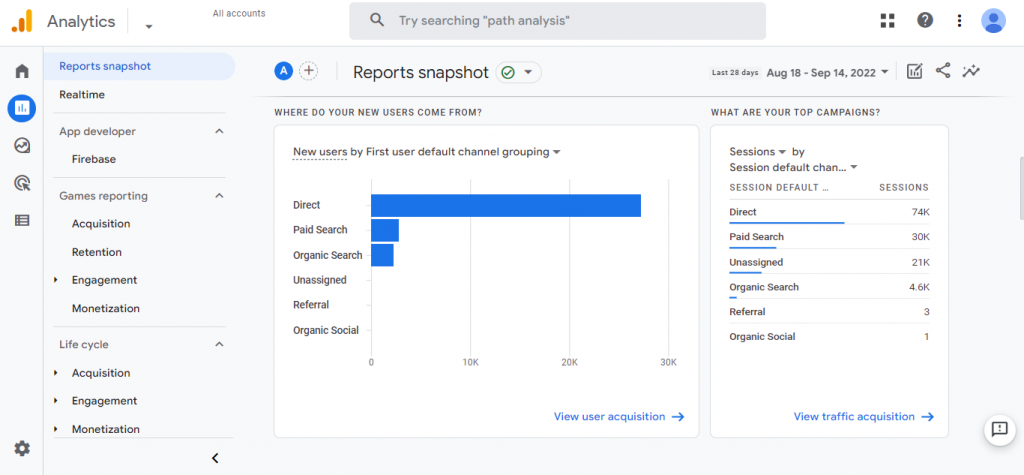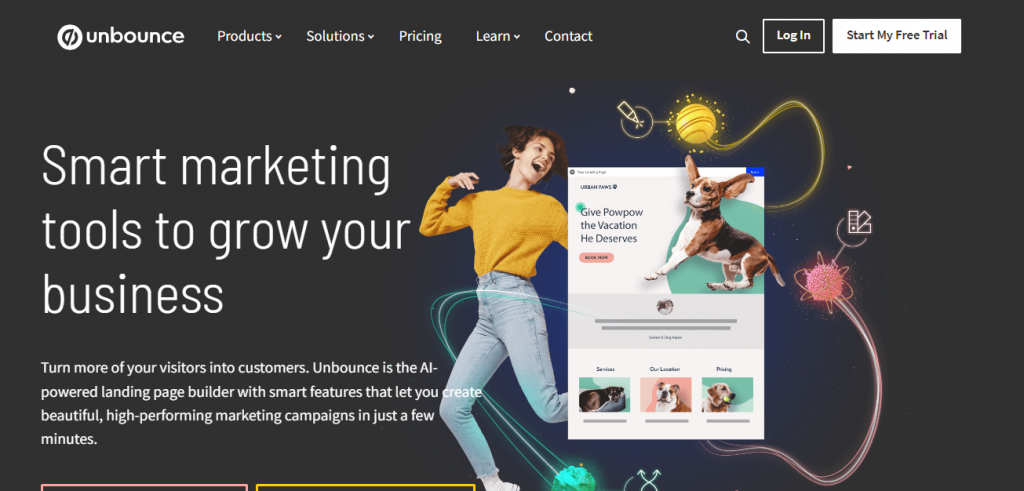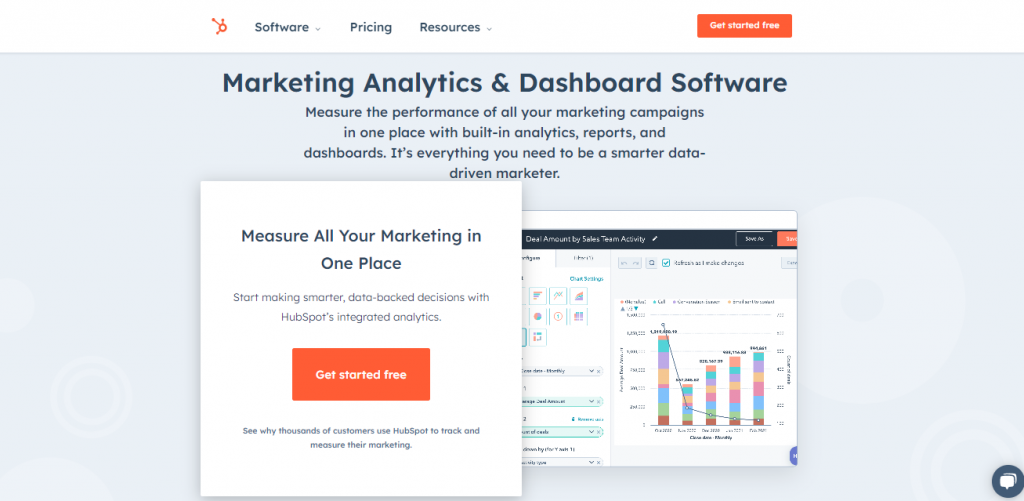You’ve heard it time and time again – conversion is key.
But what does that look like for your business?
Maybe you already have existing traffic coming from the web pages of your online business’ site or an existing search engine optimization strategy that brings conversions.
But are you maximising your conversion marketing activities? In this article, we’ll help you increase conversions even more and take your existing traffic to the next level.
Let’s get right into it…
Recap of Conversion Marketing
Conversion marketing is all about the process of increasing the percentage of visitors to a website who take the desired action, such as subscribing to a newsletter, making a purchase, or downloading a file.
Conversion marketing is a process that can be divided into three main stages: research, design, and testing.
In the research stage, you’ll need to identify what you want your visitors to do on your website and determine what’s preventing them from doing so. This might involve carrying out some user research to find out what people are looking for on your website and why they’re not converting. You can also use analytics data to identify which pages have the lowest conversion rates and look for commonalities between them.
Once you’ve identified the problems, it’s time to start designing solutions. This might involve creating new or redesigned pages, adding new calls to action, or changing the wording of your existing ones. It’s important to test your designs to make sure they’re effective before rolling them out live.
Once you’ve rolled out your changes, it’s time to start testing them. Use A/B testing tools like Google Optimize or Optimizely to compare different versions of your pages against each other and see which one performs best. Keep tweaking and testing until you achieve the highest conversion rate possible.
Conversion Marketing Tips
Ensure Your Landing Pages Are Well Designed and Easy to Use
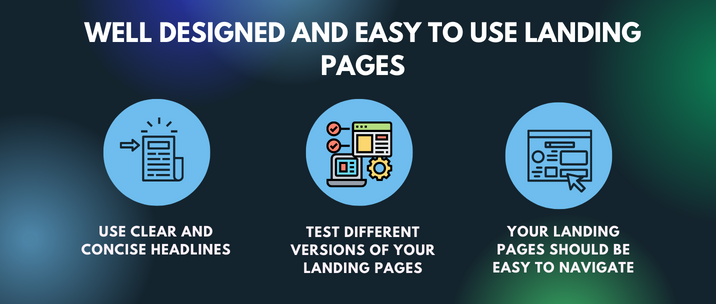
Landing pages are one of the most important aspects of conversion marketing. If your landing pages are not well designed or easy to use, you will lose potential customers. As a brand, you need to make sure your landing pages are easy to navigate and have a clean, professional design.
In addition, you’ll need to use clear and concise headlines and bullet points to highlight the benefits of your product or service. And be sure to test different versions of your landing pages to see which ones convert the best.
Keep in mind that the easier it is for visitors to use your landing page, the more likely they are to convert.
Use Strong Calls to Action on Your Landing Page
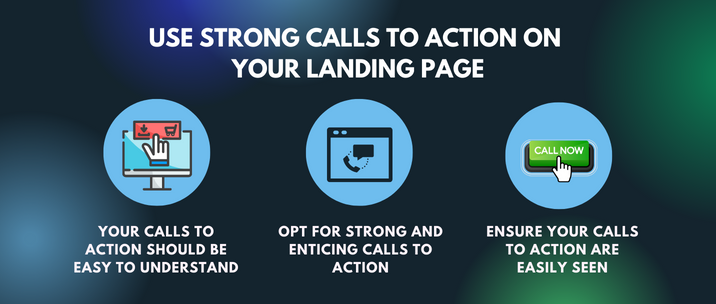
Apart from having a well-designed and easy-to-use landing page, you need to have strong calls to action. The stronger your calls to action are, the more effective and credible you’ll be able to present your business or brand to your audience.
Strong calls to action should be clear, concise instructions that direct your visitors to exactly what you want them to do. It’s the difference between “Learn more” and “Download my free ebook now”. The first instruction leaves your visitor wondering what you want them to do, while the second instruction tells them exactly what you want them to do.
Take note that strong calls to action can make all the difference in whether or not a visitor completes your desired goal, so make sure it’s front and center on your landing page.
Include Social Proof on Your Website
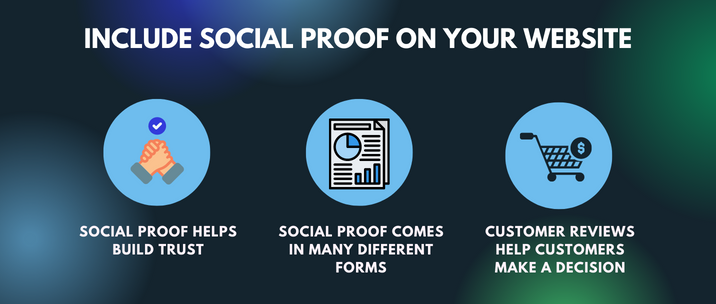
Having social proof on your website or on your product pages can help increase the confidence of potential customers and result in more conversions. When website visitors see that others have already had success with your product or service, they’re more likely to trust your brand and convert.
You can include social proof in many different forms on your site, such as customer testimonials or reviews, endorsements and more. These help prospective buyers decide whether or not to make a purchase, making social proof one of the most effective conversion marketing strategies.
Moreover, reviews can also serve as customer feedback as they will help you learn what your customers like and don’t like about your products. This information can then be used to improve your products as well as to create marketing content that appeals to your target audience. By using customer reviews in your marketing tactics, you can increase conversion rates and improve your bottom line.
Create Attractive Deals That Are Relevant to Your Target Audience
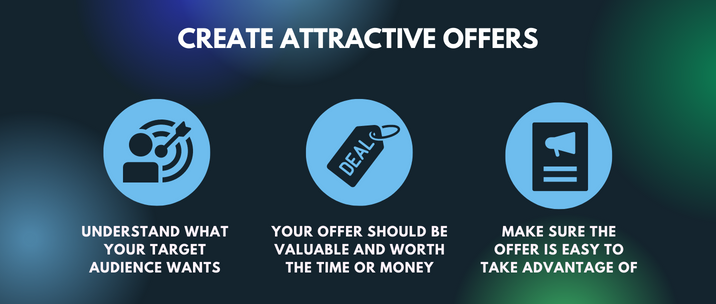
Creating attractive deals or offers that are relevant to your target audience is one of the most important factors in conversion marketing. If you can create an offer that is relevant to your target audience, then you’re likely to see a higher conversion rate.
There are a few things you can do to create an attractive offer. First, you need to understand who your target audience is and what their needs and wants are. Once you know this, you can create an offer that appeals to them specifically.
Second, make sure your offer is valuable and worth their time or money. If the offer isn’t worth their time or money, they won’t be interested in it.
Finally, make sure the deals are easy to take advantage of. If the process of taking advantage of the offer is too complicated or difficult, your target audience won’t bother to stay on your site any longer to convert.
Offer a Free Trial or a Free Sample of Your Product or Service
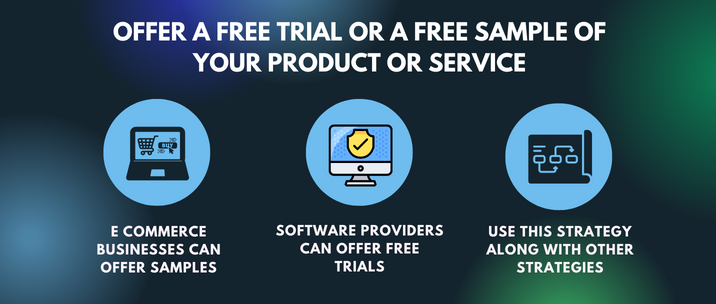
Providing a free trial or a free sample of your product or service can be an ideal way to help your prospective customers gauge how well your product or service performs. This conversion rate optimization tactic can easily help you achieve your desired goal, which is why many e commerce businesses implement this, along with offering rewards.
Use Effective Copywriting Techniques
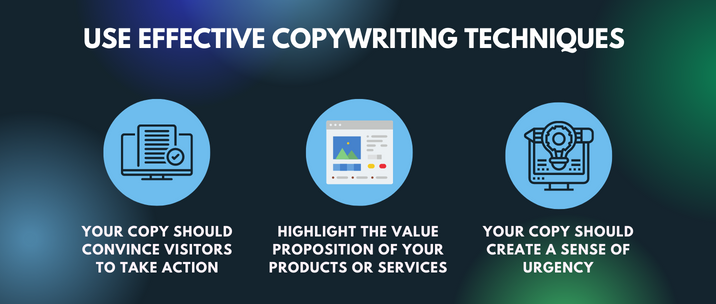
The majority of any digital marketing strategy will most certainly include the use and creation of highly effective copies on social media, online ads, or even posts on Facebook Groups. Likewise, using effective copywriting techniques is essential when trying to persuade visitors to take action on your website.
With persuasive language, you can create a sense of urgency and convince people to act now rather than later.
Lastly, you can also highlight the value proposition of your products or services on product pages in a convincing manner, which can result in more sales. Furthermore, using clear and concise text can help make your message more understandable and easier to follow.
When it comes to conversion marketing, persuasive copywriting can be a very effective tool. Studies have shown that people are much more likely to convert when they are persuaded by strong copywriting. A clear value proposition helps move customers further in the conversion funnel.
Install Smart Pop-ups

Pop-ups are a helpful conversion rate optimization strategy when it comes to getting more subscribers. When you use pop-ups on your website, you can capture the attention of your visitors and nudge them to take action as they appear while the user is browsing through your website.
Whether you’re a SaaS provider or running an e commerce store with multiple products and product pages, pop-ups can be highly maximised. You’ll just simply need to pick a particular type of pop-up that will be helpful to the conversion funnel. And the best part is that pop-ups are easy to create and easy to use. You can add them to your website in just a few minutes.
Exit-intent pop-ups
Exit-intent pop-ups are activated when a user is about to leave your website. They are designed to capture the user’s attention and convince them to stay on your website.
Entry Pop-ups
Entry pop-ups are windows that appear as soon as browsers visit a website. They often contain offers or incentives to encourage the user to subscribe or take some other desired action.
Sign-up Forms
Sign-up forms are online forms that allow users to submit their information in order to subscribe to a service or receive communications from a company. Sign-up forms can be used to collect a variety of information from users, including name, email address, and contact information.
Delayed Pop-ups
Delayed Pop-ups are pop-ups that don’t appear until the user has been on a page for a certain amount of time. This can be a great way to increase conversion rates, as it gives the user a chance to get to know your site before being hit with a pop-up.
Pushdown and Pushup Pop-ups
Pushdown and pushup pop-ups are types of pop-ups that are designed to be more intrusive and attention-grabbing than traditional pop-ups. Pushdown pop-ups push the content of the page down while pushup pop-ups will come from the bottom and slide up. Both types are typically used to promote a product or service and are more likely to result in a conversion than traditional pop-ups.
Here are a few things to keep in mind when creating a pop-up:
- Make sure the pop-up is relevant to the page it appears on
- Keep the design simple and easy to understand
- Make the offer clear and compelling
- Make sure the pop-up doesn’t interfere with the user’s experience
- Test different versions of the pop-up to see which performs best
Include High-Quality Videos

Videos serve as an ideal medium to explain complex concepts or products in a simple and easy-to-understand way, making it easier for your visitors to absorb what you’re offering and why they should buy it.
In fact, due to the engaging and interactive nature of videos, you’ll notice that videos aren’t limited to being plastered on websites, rather they are also included in almost any social media strategy and overall digital marketing plans. Simply put, this type of creative asset is one of the best conversion rate optimization tactics.
Create Interactive and Personalised Email Content
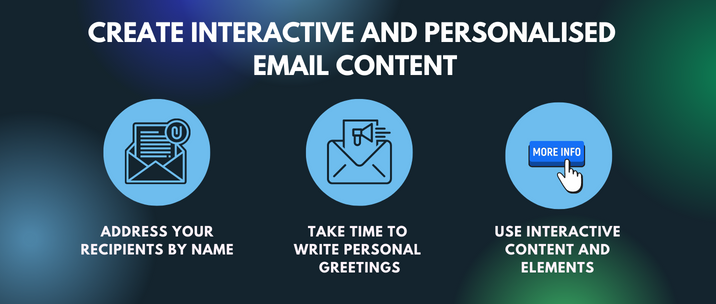
Email is one of the most common marketing tactics for online communication with prospective and existing customers. Because of this, it’s important to make sure your content is interactive and personalised. This means implementing email marketing strategies such as addressing your recipients by name, taking the time to write personal greetings, and using interactive content and elements like buttons and links.
Furthermore, when recipients feel like they’re interacting with a real person, they’re more likely to trust what you have to say and take action. So make sure your email content is interactive and personal, don’t let a bot do all the talking – it could make all the difference in your conversion rates.
Make Your Customers Your Brand Ambassadors
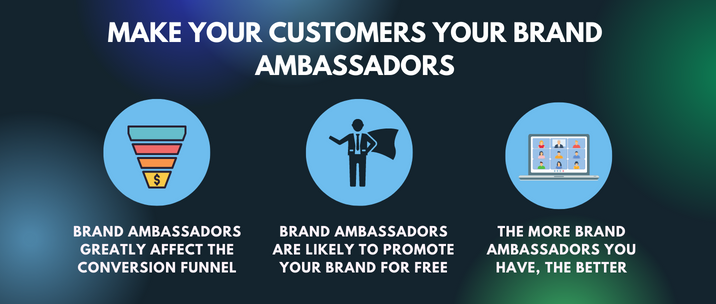
When customers become brand ambassadors, they’re more likely to promote your product or service for free. These paying customers can be extremely helpful in bringing others into the conversion funnel, either through social promotions or through word of mouth. The more brand ambassadors you have, the better it will be for your business.
Improve and Optimise Your Website
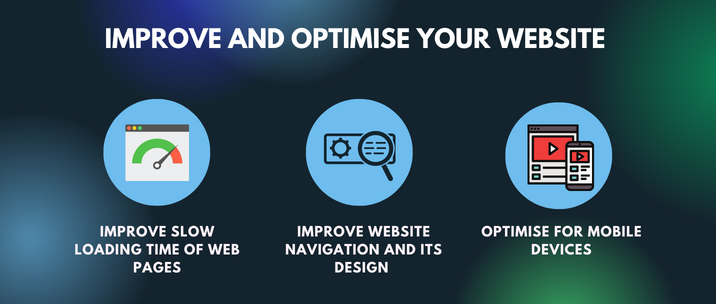
If you want to boost your conversion rate, you need to make sure your website is optimised for conversions. Below we’ve listed a few conversion rate optimization techniques worth considering.
Improve Slow Loading Time of Web Pages
One of the most important things you can do to improve your website’s conversion rate is to improve its loading time. Studies have shown that people are much more likely to leave a website that takes too long to load.
And with so many other competitors out there, you can’t afford to lose potential customers because your website is slow. So, make sure you focus on improving your website’s loading time. It can make a big difference in your conversion rates.
Another important thing you can do to improve your website’s conversion rate is to improve its navigation. Here are some tips to help you do just that:
- Make sure all the links are clearly labelled and easy to find
- Use clear and concise headings to help inform visitors
- Use drop-downs or menus to keep the navigation bar tidy
- Don’t make visitors search for what they need – make it easy to find
- Keep it updated – as your website changes, so should the navigation
Use Easy-To-Read Fonts and Colours
Dark text on a light background is the easiest to read, but you should use whatever makes your site look the best. Just be sure to avoid hard-to-read fonts and crazy colours that will only distract people from your content.
Optimise for Mobile Devices
In today’s world, more and more people are using their phones and tablets to browse the internet, so if your website isn’t responsive on any mobile device or tablet, you’re missing out on a lot of potential web traffic.
Another area to consider when optimising for mobile is to ensure that your images are properly sized and that your fonts are easy to read on smaller screens.
Lastly, think about the user experience for mobile users. Your website should be easy to navigate on mobile devices, with buttons and links that are easy to tap. You may also want to consider adding a “tap to call” button so users can easily contact you from your website.
Create Urgency and Scarcity With Time-Based Offers
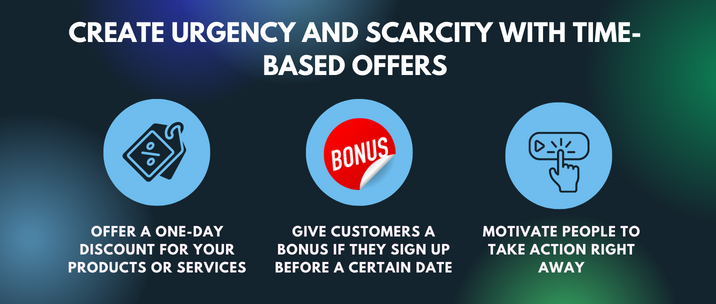
Creating a sense of urgency and scarcity means giving your visitors a reason to take action now, rather than later. One marketing strategy that helps accomplish this is by using time-based offers.
For example, you could offer a discount for products or services that is only available for a day. Or, you could give potential customers a bonus if they sign up before a certain date. Another example is that you could say that there are only a few spots left or that the offer is ending soon. By creating a sense of urgency, you can motivate people to take action right away.
Offer Relevant Content and Resources
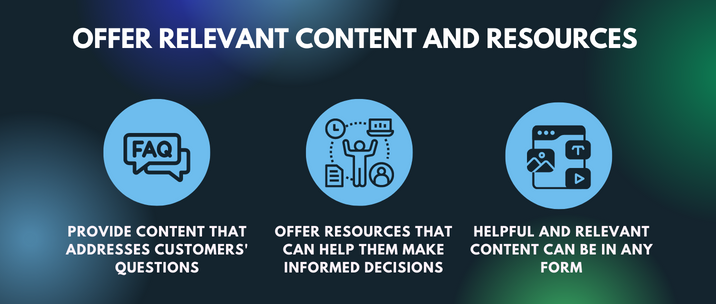
Providing relevant content and resources to your customers is a conversion marketing strategy worth trying. When you provide your target audience with information that is relevant to their interests as well as content that addresses their questions and concerns, your audience is likely to keep coming back to you. This is because you are giving them access to tools and resources that can help them make informed decisions about your product or service.
To execute this, you can simply create a blog post featuring the product features of your items (this is also a great way to rank in search engine results). Or get creative! There isn’t only one way to do this, social media posts such as infographics can also be another means to share information that your customers see as valuable.
Consider Your Conversion Process

The goal of conversion marketing is to turn casual website visitors into paying customers and to do this, you first need to consider your conversion process as well as the conversion metrics to track. This means thinking about the steps your site visitors need to take in order to become a customer, and making sure these steps are as easy as possible to follow.
Ideally, it’s best to sit down with your marketing team on this and go through the following considerations:
- What can you do to encourage visitors to take your desired action?
- Is your website content informative enough for customers to take the next step?
- How did customers find your product online? Was it in the search results?
- Which conversion metrics are in need of improvement?
- Are your digital marketing efforts bringing in customers?
- How effective are your current marketing tactics?
- Which step in the sales funnel needs more focus?
Tools to Help You With Conversion Marketing
There are several tools that can help manage and track your site’s conversion rate. However, it is important to use credible conversion marketing tools that deliver real time data for you to analyse.
This will help you to better analyse your conversion rate and other factors that affect the conversion process on your site, which will, later on, help you craft the ideal conversion marketing strategies.
Google Analytics
Google Analytics is a great tool for conversion marketing. When you use Google Analytics, you can track the behaviour of your visitors and see how they interact with your website. This can help you to identify which pages are converting the most visitors into customers. And the better you understand your conversion rate, the more effectively you can market your product or service.
That’s why we recommend using Google Analytics for conversion marketing. It can help you to identify areas for improving your conversion rate. And the more you know about your conversion rate, the better it will be for your business.
Unbounce
Apart from Google Analytics, another conversion marketing tool to help monitor your conversions is Unbounce. By utilising this conversion tool, you can create landing pages that are optimised for conversions. And the best part is that these landing pages are easy to create.
As mentioned on their website, “Unbounce comes jam-packed with AI-powered features that make it easy to drive more conversions.”
Therefore, it’s definitely worth trying if you want to boost your conversion rate. After all, they have many features for you to utilise such as the Smart Builder, Smart Traffic, and more.
HubSpot
HubSpot is another great tool for conversion marketing. It helps you track how well your website is converting visitors into customers.
You can also use HubSpot to create landing pages and forms, and track the results of your marketing campaigns. Plus, it also has a social media scheduling tool apart from it being a conversion management and tracking tool.
Adobe Analytics
Adobe Analytics along with Adobe Target can be an extremely helpful tool in boosting your conversion rates. With its wealth of data and insights, you can track your analytics and make necessary adjustments to improve your results.
Additionally, Adobe Analytics can help you identify which channels are driving the most traffic and conversions, so you can focus your efforts on those channels as you move forward.
Conclusion
There are a lot of different things you can do to boost your conversion rate. Some of these conversion tactics can be easy to implement so make sure you get started on utilising those actionable tactics to improve your website’s conversion rate. But of course, some of these conversion marketing efforts may take time before you see any results and can be difficult to implement.
Fortunately, we can do the hard work for you as well as create an ideal conversion marketing strategy for your business.

